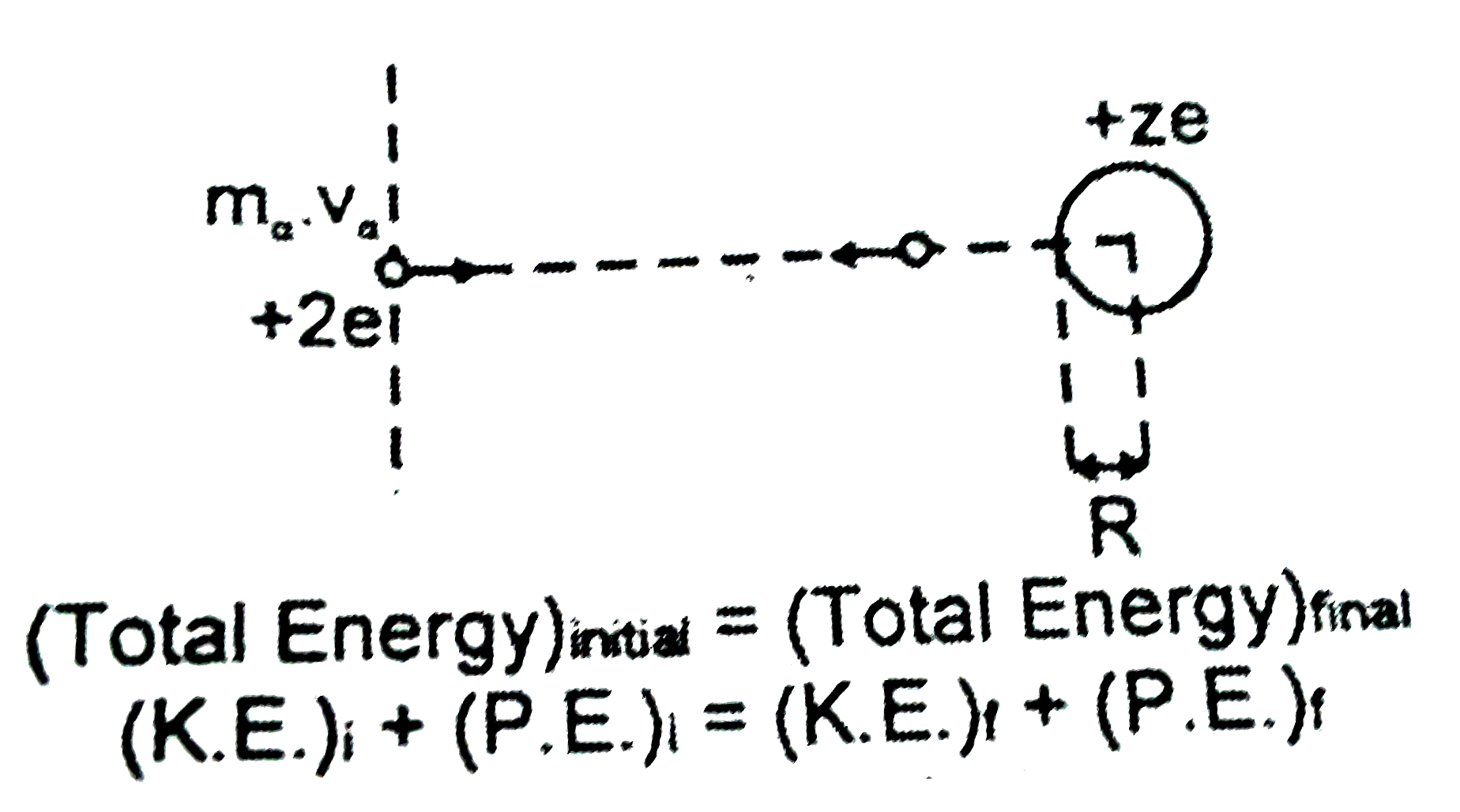(A) most of the mass of the atom is concentrated in its nucleus.
(R) all alpha particles striking a gold sheet are scattered in different directions.
Both 'A' and 'R' are true and 'R' is the correct explanation of 'A'.
Both 'A' and 'R' are true and 'R' is not the correct explanation of 'A'
'A' is true and 'R' is false
'A' is false and 'R' is true
The correct Answer is:C
Step by step video & image solution for (A) most of the mass of the atom is concentrated in its nucleus. (R) all alpha particles striking a gold sheet are scattered in different directions. by Physics experts to help you in doubts & scoring excellent marks in Class 12 exams.
Topper's Solved these Questions
- BOOK - AAKASH SERIESCHAPTER - ATOMSEXERCISE - EXERCISE -II35videos
ATOMS
- BOOK - AAKASH SERIESCHAPTER - ATOMSEXERCISE - EXERCISE -III25videos
ATOMS
- BOOK - AAKASH SERIESCHAPTER - ATOMSEXERCISE - EXERCISE -IA51videos
ATOMS
- BOOK - AAKASH SERIESCHAPTER - APPENDICES (REVISION EXERCISE)EXERCISE - LAW OF MOTION128videos
APPENDICES (REVISION EXERCISE)
- BOOK - AAKASH SERIESCHAPTER - CAPACITORS EXERCISE - PRACTICE SHEET (ADVANCED) (Integer Type Questions)2videos
CAPACITORS
Similar Questions
All the mass of an atom is concentrated in its-
View SolutionRutherford's α-particle scattering experiment showed that
(i) electrons have negative charge.
(ii) the mass and positive charge of the atom is concentrated in the nucleus.
(iii) neutron exists in the nucleus.
(iv) most of the space in atom is empty.
Which of the above statements are correct ?View Solution
Knowledge Check
- Question 1 - Select One
Assertion:The whole mass of the atom is concentrated in the nucleus.
Reason:The whole mass of the atom is concentrated in the nucleus
Reason:The mass of a nucleus can be either less than or more than the sum of the masses of nucleons present in it.AIf both assertion and reason are true and reason is the correct explanation of assertion .BIf both assertion and reason are true but reason is not the correct explanation of assertion .CIf assertion is true but reason is false .DIf both assertion and reason are false - Question 2 - Select One
In a geiger - marsden experiment. Find the distance of closest approach to the nucleus of a 7.7 me v α- particle before it comes momentarily to rest and reverses its direction. (z for gold nucleus = 79) .
A10 fmB20 fmC30 fmD40 fm
What is the ratio of mass of a gold atom and an α-particle ?
View SolutionRutherford model: The approximate size of the nucleus can be calculated by using energy conservation theorem in Rutherford's α-scattering experiment. If an α-particle is projected from infinity with speed v towards the nucleus having Z protons, then the α-particle which is reflected back or which is deflected by 180∘ must have approached closest to the nucleus .It can be approximated that α particle collides with the nucleus and gets back. Now if we apply the energy conservation equation at initial point and collision point then:

(P.E.)i=0, since P.E. of two charge system separated by infinite distance is zero. Finally the particle stops and then starts coming back.
12mαv2α+0=0+Kq1q2R⇒12mαv2α=K2e×ZeR⇒R=4KZe2mαv2α
Thus the radius of nucleus can be calculated using above equation. The nucleus is so small a particle that we can't define a sharp boundary for it
Radius of a particular nucleus is calculated by the projection of α-particle from infinity at a particular speed. Let this radius is the true radius . If the radius calculation for the same nucleus is made by another α-particle with half of the earlier speed, then the percentage error involved in the radius calculation is :View SolutionWhat is the distance of closest approach to the nucleus for an α-particle of energy 5 MeV which undergoes scattering in the Gieger-Marsden experiment.
View SolutionHeavy radioactive nucleus decay through α−decay also. Consider a radioactive nucleus x. It spontaneously undergoes decay at rest resulting in the formation of a daughter nucleus y and the emission of an α− particle. The radioactive reaction can be given by
x→y+α
However , the nucleus y and the α− particle will be in motion. Then a natural question arises that what provides kinetic energy to the radioactive products. In fact, the difference of masses of the decaying nucleus and the decay products provides for the energy that is shared by the daughter nucleus and the α− particle as kinetic energy . We know that Einstein's mass-energy equivalence relation E=mc2. Let mx,my and mα be the masses of the parent nucleus x, the daughter nucleus y and α− particle respectively. Also the kinetic energy of α− particle just after the decay is E0. Assuming all motion of to be non-relativistic.
Which of the following is correct ?View SolutionAll nuclei consist of two types of particles- protaon and neutrons. Nuclear force is the strongest froce. Stability of nucleus is determined by the neutron - proton ratio or mass defect or binding energy per nucleus or packing fraction. Shape of nucleus is calculated by quadrupole moment. Spin of nucleus depends on even or odd mass number. Volume of nucleus depends on the mass number. Whole mass of the atom (nearly 99%) is centered at the nucleus. Magnetic moment of the nucleus is measured in terms of the nuclear magnetons.
Volume (V) of the nucleus is related to mass number (A) asView SolutionThickness of the foil of gold used in α-particle scattering experiment is
View Solution

